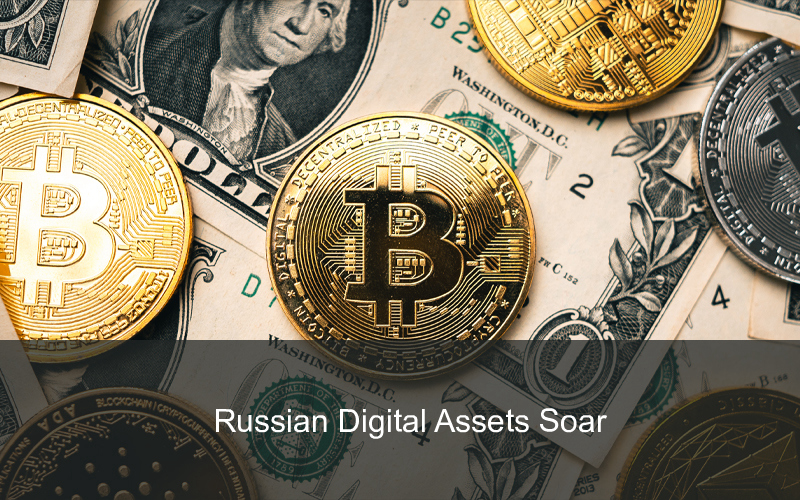In April 2021, Russian platforms that were authorized by the government issued digital assets worth around one billion rubles. This represents a significant increase as compared to the previous month when only two billion rubles were issued and has been attributed to businesses seeking new financial instruments due to limited access to traditional capital markets. Digital Financial Assets (DFAs) are made up of digital rights to securities or utility tokens placed by large companies such as Sberbank and Alfa-Bank.
DFAs are defined under the 'On Digital Financial Assets' law which was launched in January 2021 and provides for a different regulatory approach compared to decentralized cryptocurrencies. According to Roman Nekrasov, co-founder of Encry Foundation, it is possible to raise funds through established tools such as corporate bonds but some companies are instead choosing to experiment with DFAs. Mikhail Uspensky who is a member of the State Duma's cryptocurrency working group further pointed out that issuing digital securities still involves a reputational move.
Western sanctions that followed Russia's invasion of neighboring Ukraine in 2014 were imposed to limit the country's access to global financial markets. As a result, the government has been actively promoting the use of digital assets as a measure to convenience cross-border trade and introduction of the digital ruble. In light of the above, it is important to note that the current rate of one billion rubles in placements would have to be significantly increased if the country aims to make a major shift towards the use of digital assets.
 Leonardo Cox
Leonardo Cox
- 2023-05-07
Digital Asset Placement in Russia
In April 2021, Russian platforms that were authorized by the government issued digital assets worth around one billion rubles. This article explores the current situation with digital asset placement in Russia and the implications of the digital ruble.

